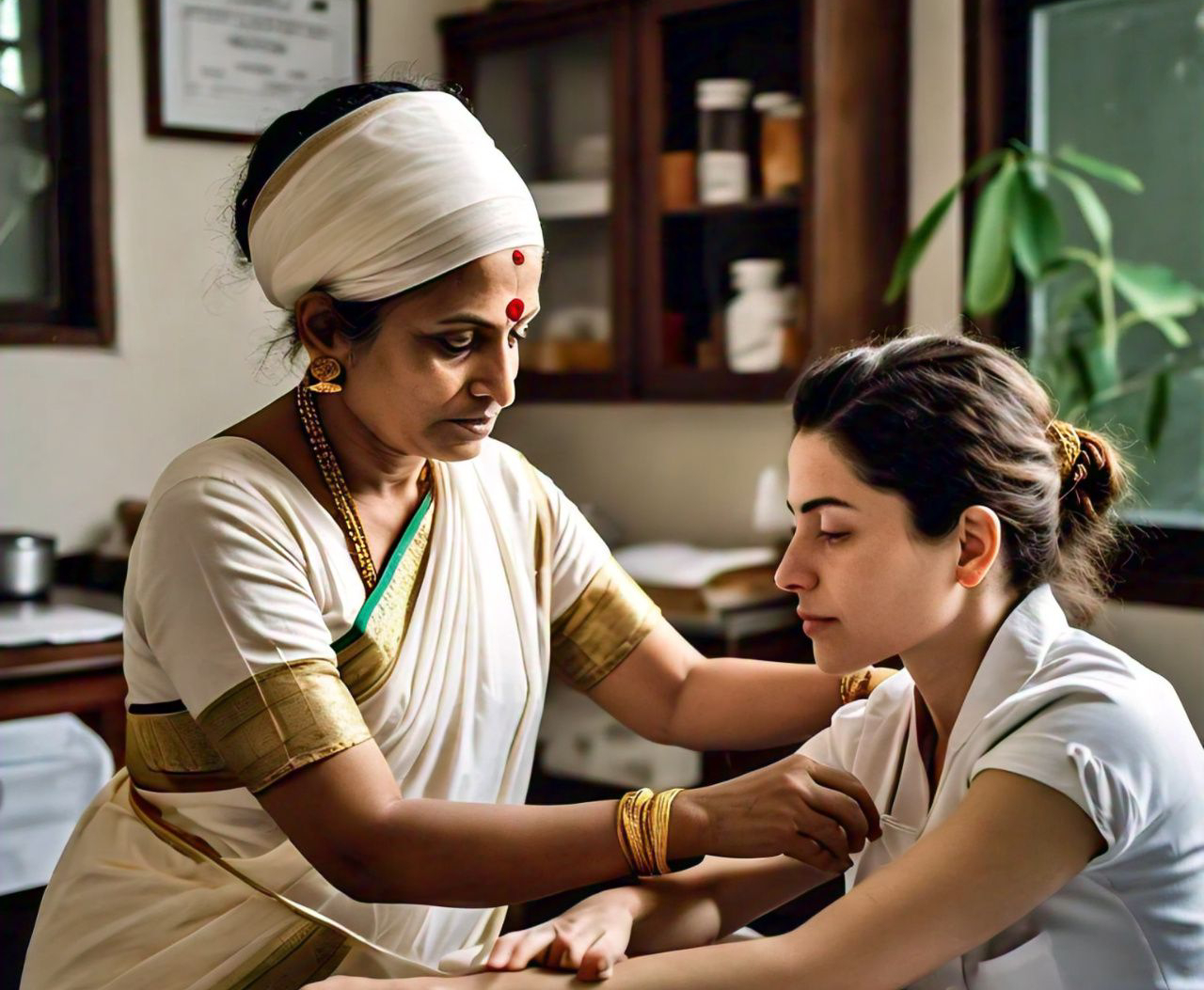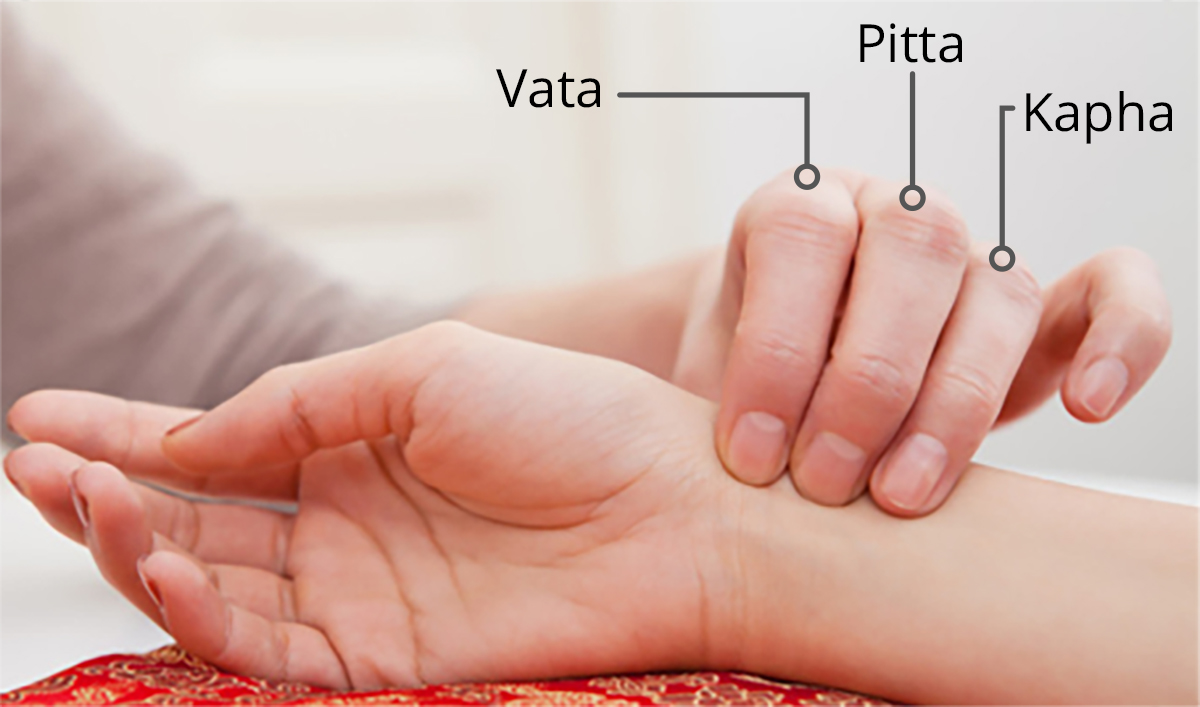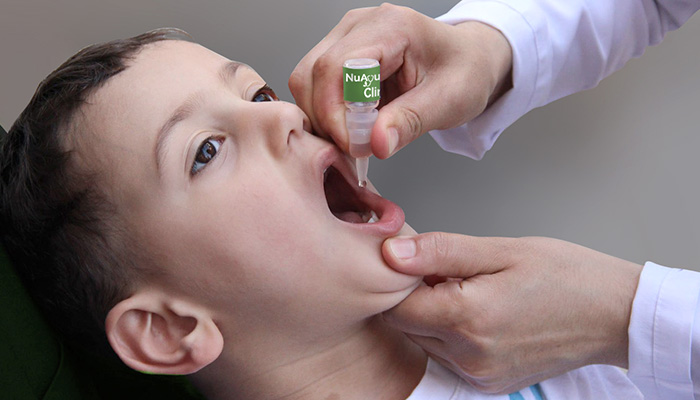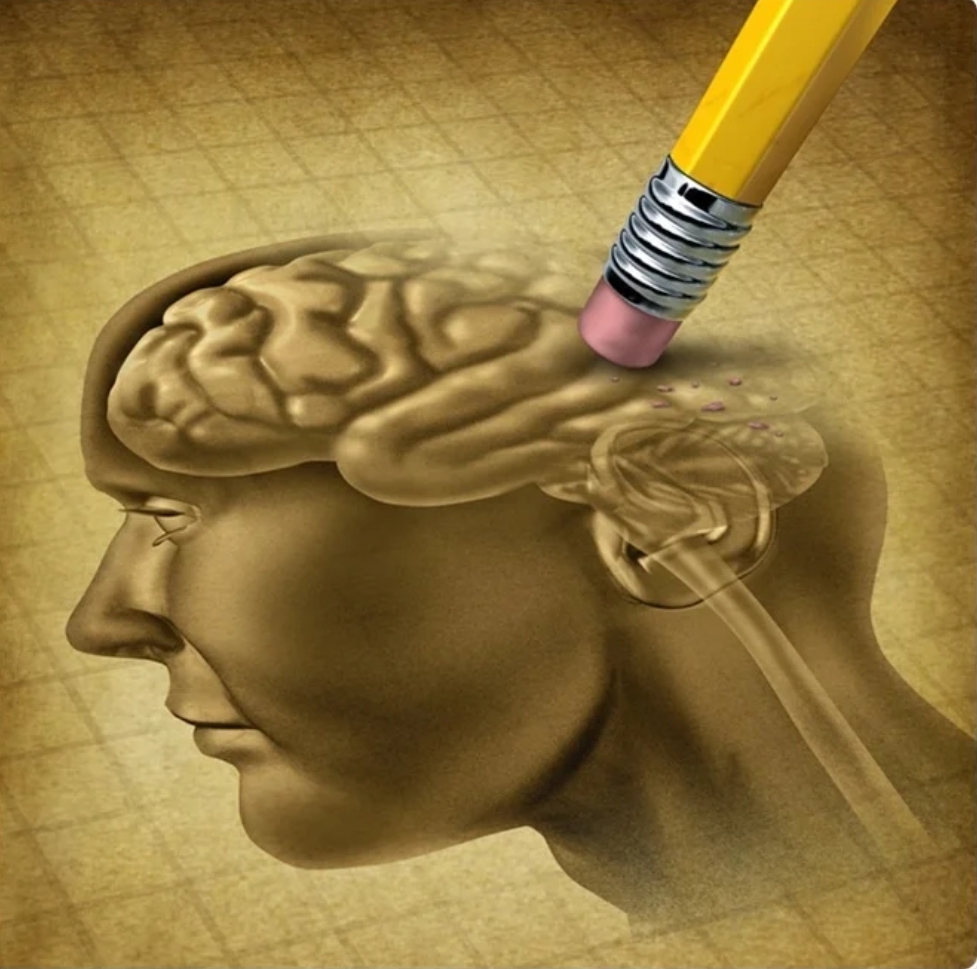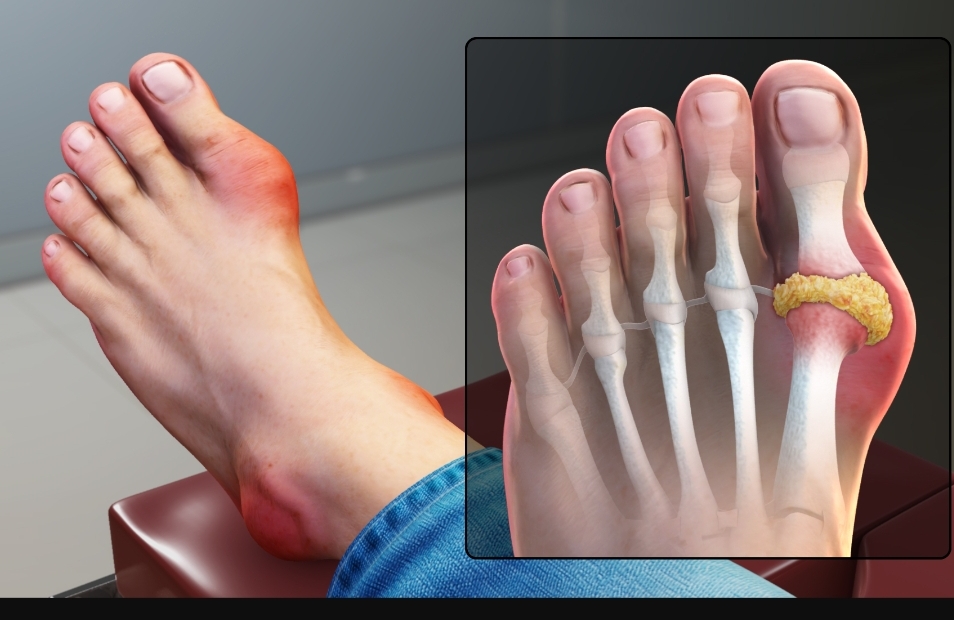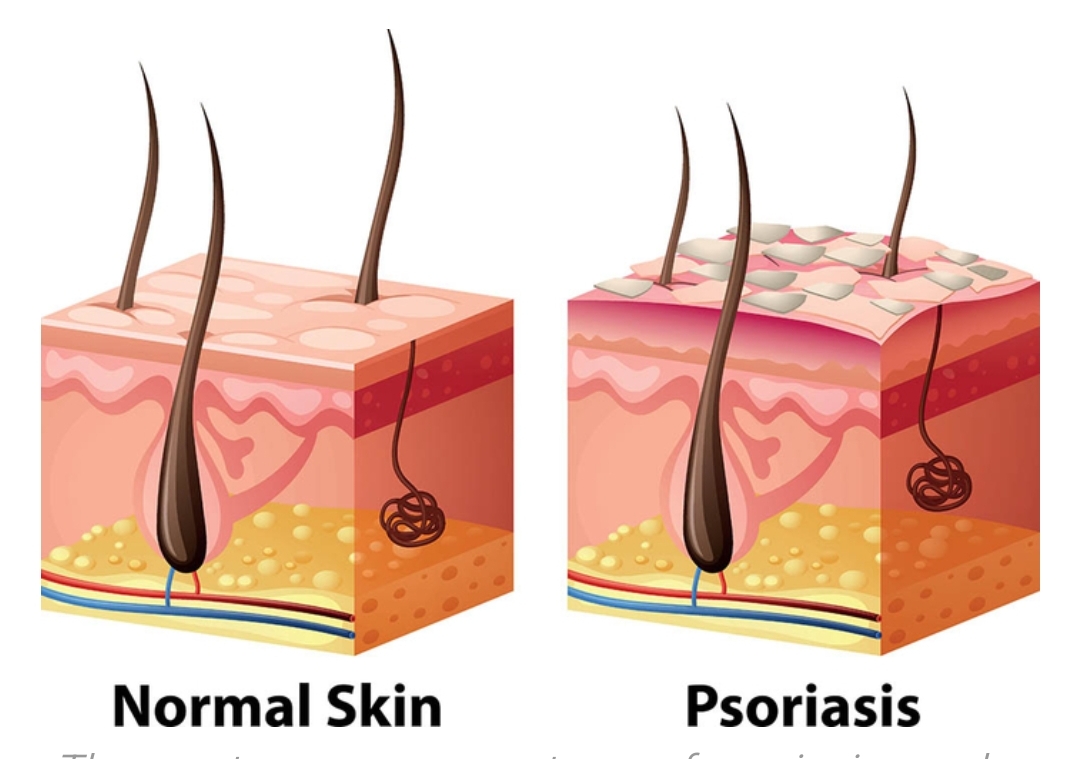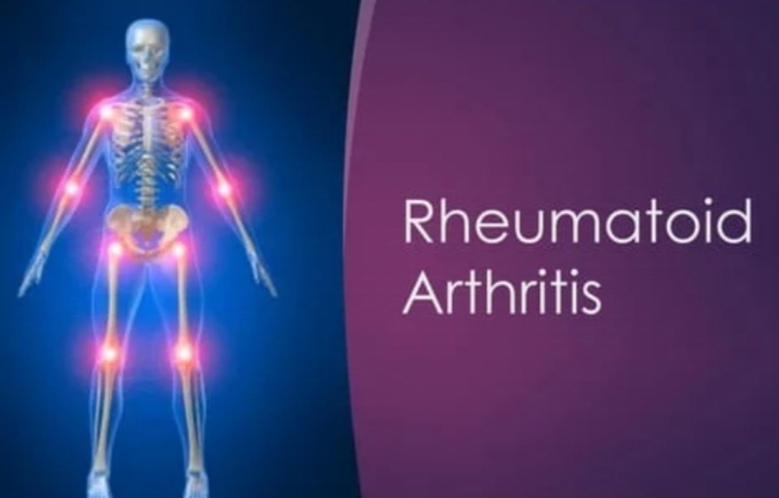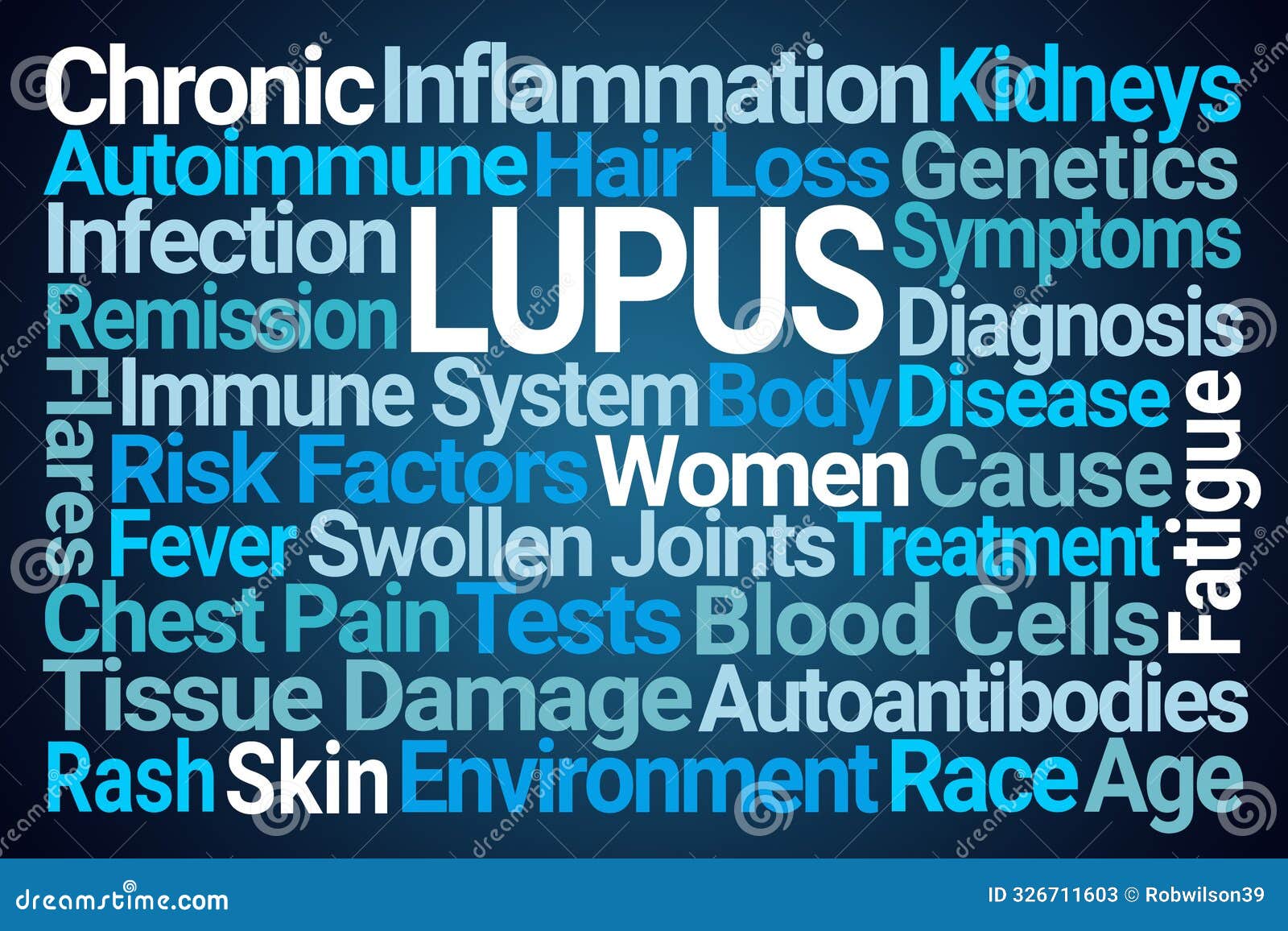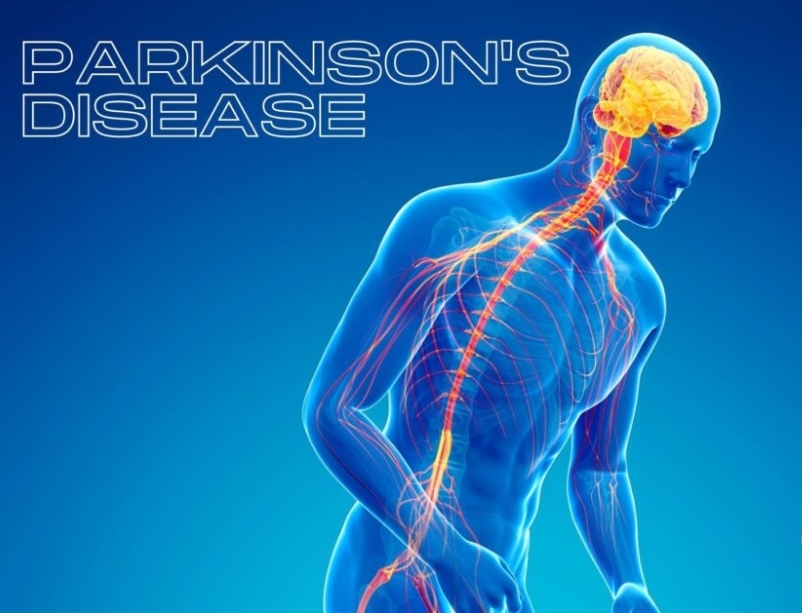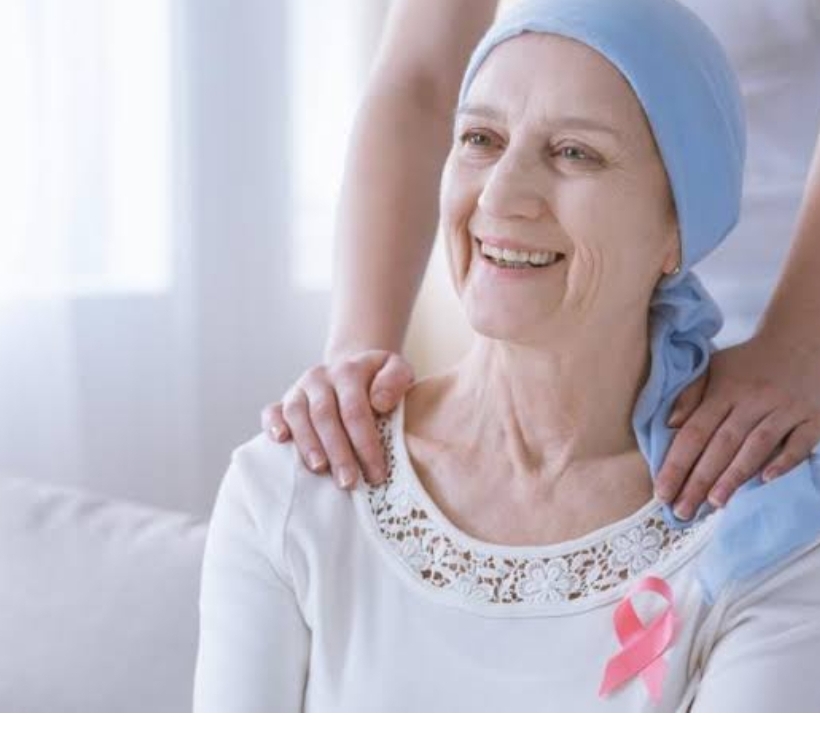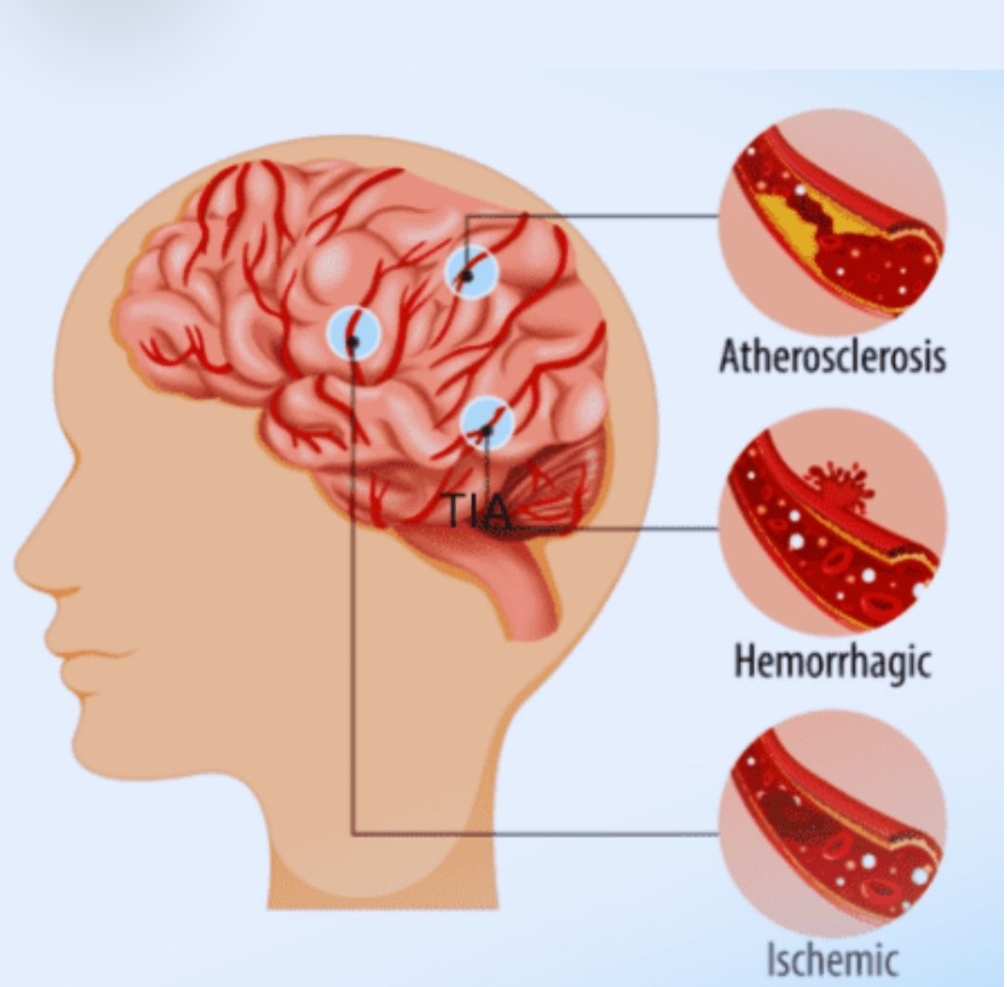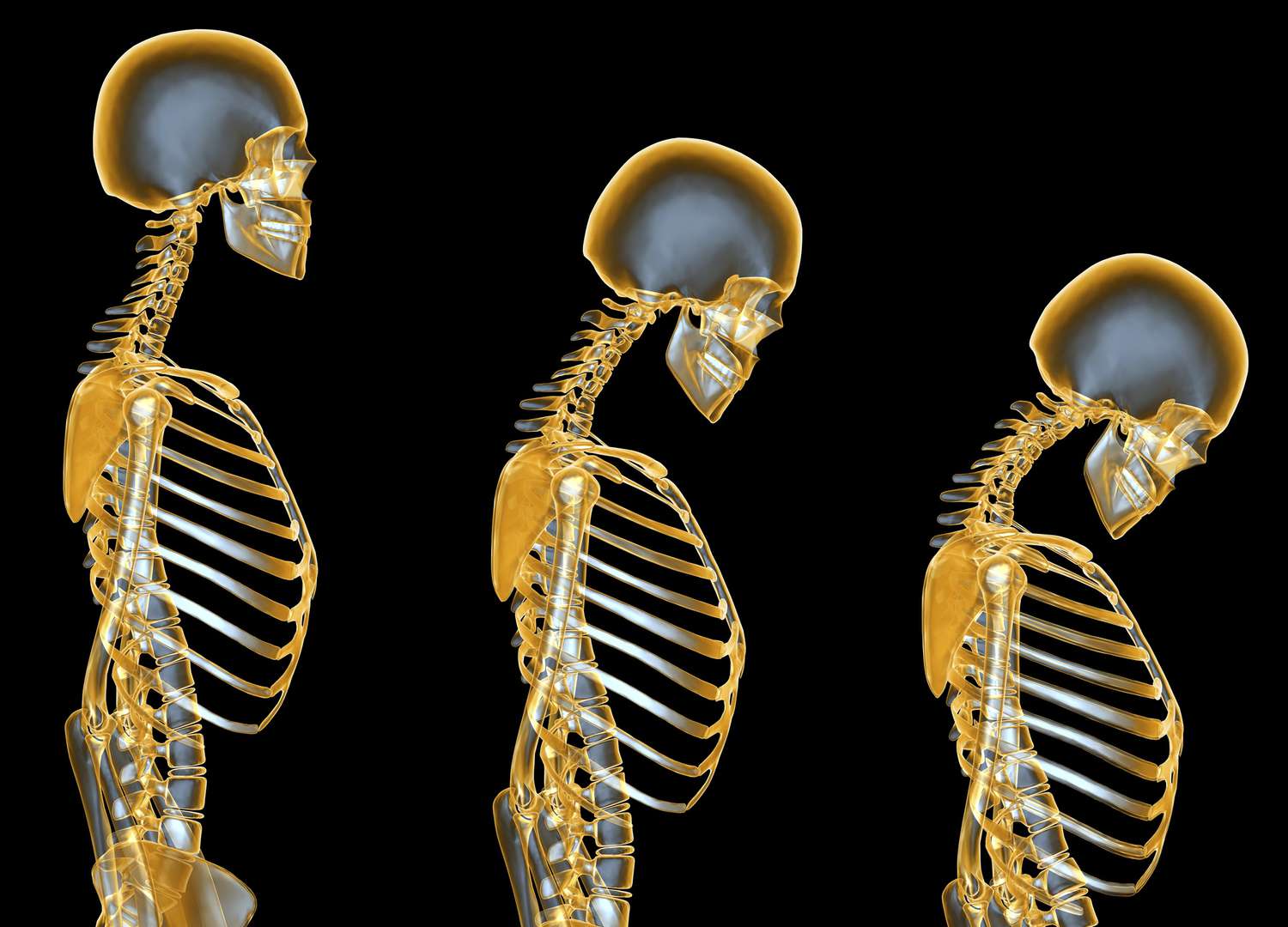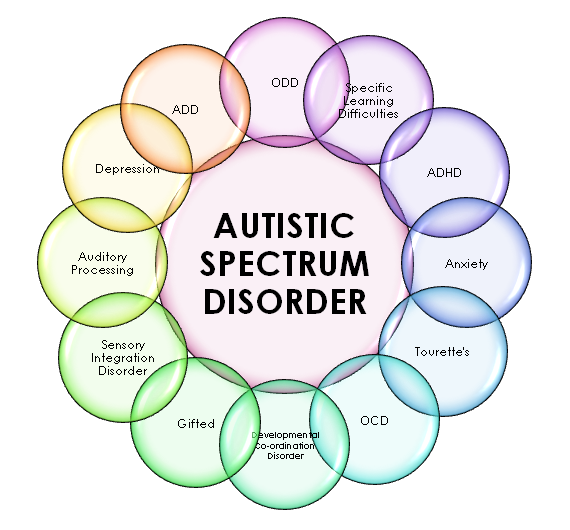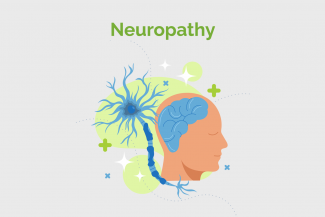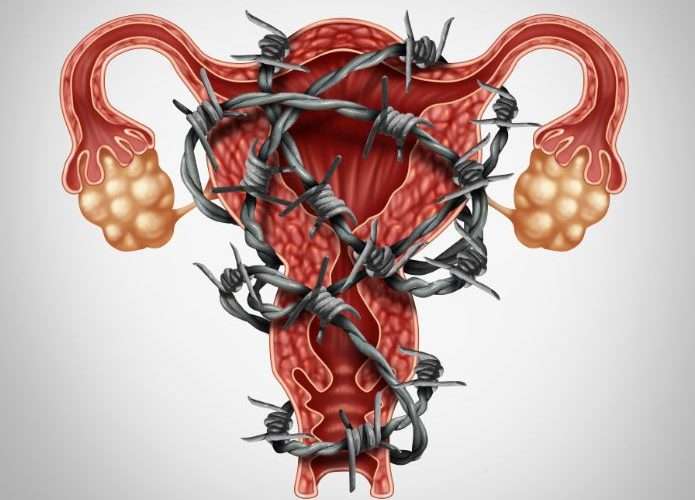
Endometriosis
Endometriosis is a chronic gynecological disorder where tissue similar to the lining of the uterus (endometrium) grows outside the uterus, leading to inflammation, scarring, and adhesions. This misplaced tissue, called endometrial implants, can occur on various organs, including the ovaries, fallopian tubes, bowel, and bladder.
Symptoms
1. Pelvic pain and cramping
2. Heavy or irregular menstrual bleeding
3. Infertility or difficulty conceiving
4. Painful intercourse
5. Bowel or urinary symptoms (bloating, constipation, frequent urination)
6. Fatigue and mood changes
Causes and Risk Factors
1. Hormonal imbalance
2. Genetic predisposition
3. Environmental factors (exposure to toxins)
4. Coexisting medical conditions (thyroid disorders, autoimmune diseases)
5. Family history
Diagnosis
1. Pelvic exam
2. Ultrasound or MRI
3. Laparoscopy (minimally invasive surgery)
4. Biopsy of endometrial tissue
Treatment Options [In Modern Medicine]
1. Hormonal therapies (birth control pills, progesterone)
2. Pain management (pain relievers, alternative therapies)
3. Surgery (laparoscopic or open surgery)
4. Lifestyle changes (diet, exercise, stress management)
5. Alternative therapies (acupuncture, herbal supplements)
Endometriosis Treatment in Ayurveda
In Ayurveda, endometriosis treatment correlates with a type of gynecological disease called Udaavartinee. The presence of painful and delayed menstruation, relief of symptoms after menstrual flow and retrograde menstruation are symptoms of Udaavartinee. Retrograde menstruation is believed to be a cause of endometriosis.
The Ayurvedic state of Vata governs all movements in our mind and body. Vata also controls breathing and movement of thoughts in our mind. Vata controls the flow of blood and is responsible for the elimination of waste products from the body. Vata is considered the leader amongst all the three doshas as Pitta and Kapha cannot move or exist without Vata dosha.
So, the first step in endometriosis treatment is to correct the Vata imbalance.
A subdivision of vata named apanavata is responsible for the downward flow of blood (menstruation). Apanavata is liable for all excretory functions. A deranged apanavata can change the flow of blood (pitta) and can disturb the Kapha dosha to grow in places other than regular sites.
The sensation of pain is also due to disturbed vata. Vata is the strongest and influential force which is responsible for the displacement of endometrial tissue.
In endometriosis, all three doshas are involved in varying combinations. At Gayatri's Heritage Ayurveda we will suggest a customized treatment plan after doing Nadi Pariksha, which will be prioritized based on dosha combinations required.
Endometriosis treatment in Ayurveda uses treatments and medication for increasing metabolism (ushna) with vata Kapha pacifying treatments and gulma treatments for gas, bloating, constipation, delayed periods are prescribed. Supplement Pitta treatments in case of excessive bleeding and burning sensation.
Read on about our treatments for endometriosis. Do you see yourself classified as one of the mentioned types?
Specific endometriosis treatments
Ayurveda classifies Endometriosis into mild, moderate and severe types. In Ayurveda, endometriosis treatment can be very effective in mild and moderately severe types. Ayurvedic treatments can be a supportive therapy to the severe types where involvement and adhesion of pelvic organs like uterus, bladder, and bowel are involved.
Here is what Ayurvedic medicine has to offer to you. Try this and let us help alleviate your pain.
Ayurvedic medicines for endometriosis
- Ayurvedic herbs specific to an individual’s body type is used in endometriosis treatment to reduce pain and abnormal vata movements
- Kapha pacifying ayurvedic preparations to reduce growth, lysis, adhesion and to maintain fertility
- Pitta pacifying herbal preparations to reduce excessive bleeding
Abhyanga for endometriosis
Abhyanga the familiar therapeutic ayurvedic massage routine and sweating is a good therapy to manage endometriosis. Massage and sweating, especially in the pelvic area and below with medicated hot sit baths, are beneficial. Please don’t treat Abhyanga as DIY. Consult an experienced Ayurveda practitioner for suggestions and advice.
Panchakarma for endometriosis
Panchakarma is the deep cleanse in Ayurveda. To know more about methods and benefits of Panchakarma, please read our section dedicated to explaining Panchakarma. Panchakarma treatment for endometriosis serves as a holistic cleanse. Panchakarma is not only beneficial as a treatment option for endometriosis, it can also provide you with long lasting health and rejuvenation benefits.
All phases of Panchakarma are helpful in managing Endometriosis. Medicated Purgation or medicated enema will eliminate toxins and the balance the vitiated vata. Purgation will also improve digestive and metabolic fire (Koshtagni).
Uttaravasthi or Uttar Basti: This is a specially medicated enema to remove the endometrial growth and adhesion.
Ayurveda has always maintained, treatments effectively go hand in hand with lifestyle changes. These in combination can work magic wonderfully!
Endometriosis diet
Diet has a significant role in Ayurvedic treatments. Select your diet in such a way that the food we consume should be a catalyst to the ayurvedic medicines that we consume during the treatment phase. Food should not act in counter-productive fashion thereby reducing the efficacy of the treatment.
One of the goals of the treatment is to control and manage vata dosha. While Ayurvedic medicines attempt to control Vata, patients should not consume any food that is likely to increase the vata energy.
How do you manage your diet?
We provide a comprehensive diet chart to every individual seeking our help. Our ayurvedic diet charts are customized based on your dosha complexion and your treatment. Your Ayurvedic diet chart is not on a pre-printed form populated with check boxes. It is thoroughly customized so that you take full advantage of your treatment. Since this is customized, this may not be beneficial to another individual with same or similar indications.
To make the endometriosis Ayurvedic treatment effective, one will have to follow an endometriosis treatment specific diet. For making the treatment further propitious, follow an ayurvedic diet throughout. Rather than following an endometriosis diet, it will be much more rewarding health wise to follow an Ayurvedic diet to support endometriosis treatment and for life after your cure.
Endometriosis diet principles
- Avoid vata and Kapha increasing foods
- Avoid fried food, cold drinks, fatty food and dry foods especially during periods
- Consume food which can help in regular bowel movement
Lifestyle changes to support endometriosis treatment
- Don’t hold natural urges
- Avoid sex just before, during and soon after periods
- Exercise regularly to maintain healthy body weight
- Practice Yoga Yoga will help in maintaining a good breathing rhythm and will provide relaxation
- Practice pranayama the breathing exercise
Yoga for endometriosis
Experts believe some specific yoga postures can have a catalytic effect in Ayurvedic treatment of endometriosis. Pranayama the breathing exercise is a very easy yoga posture that can be done with little preparation. One can train to do Pranayama very quickly.
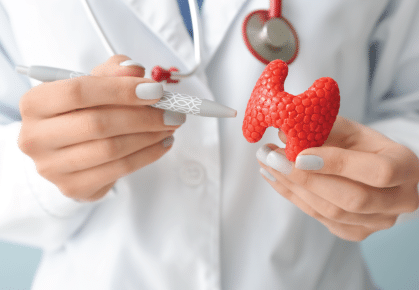


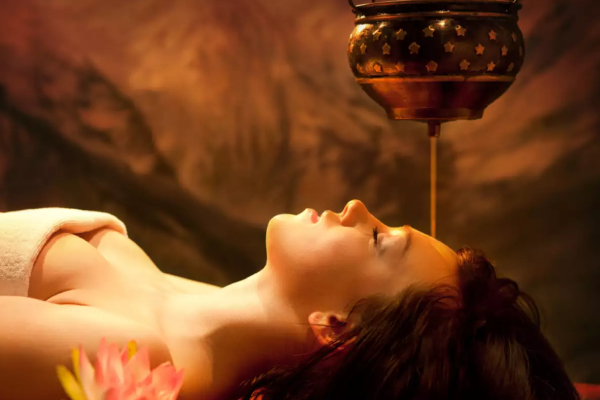

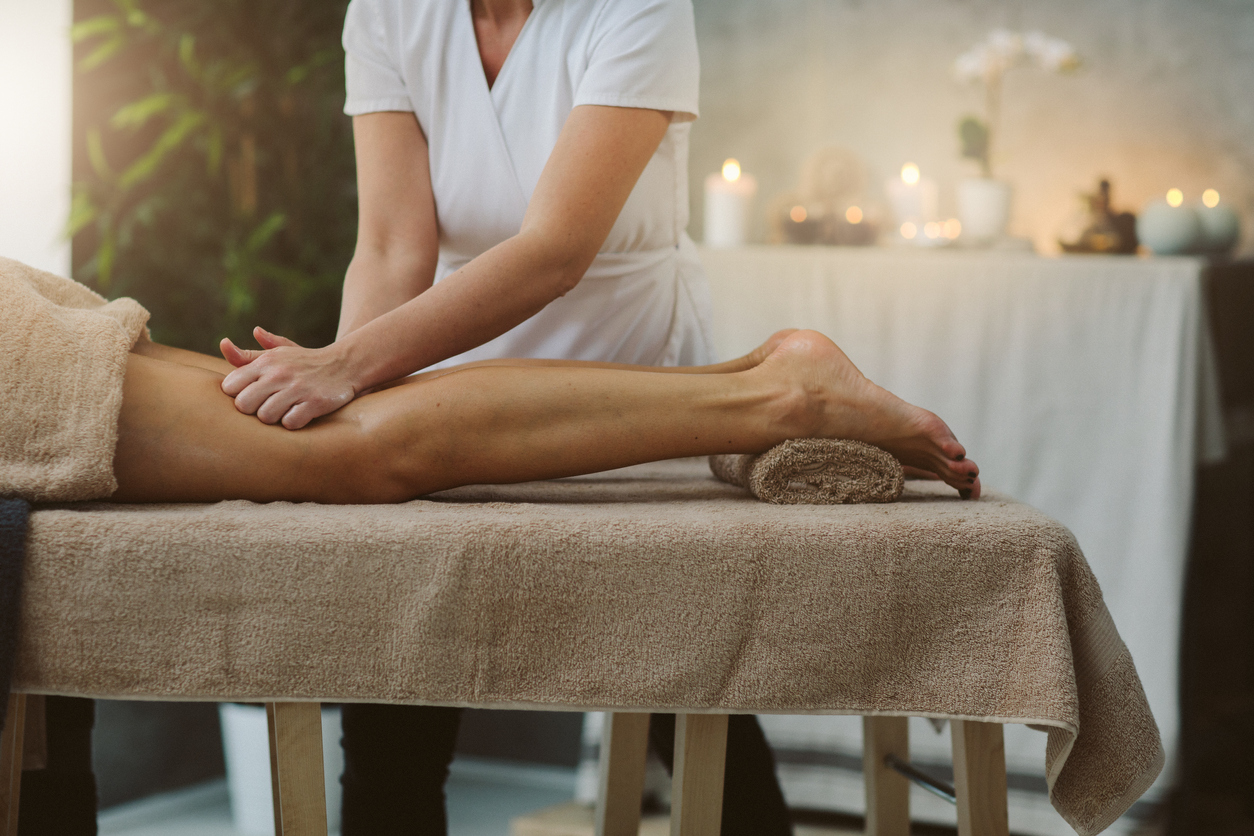


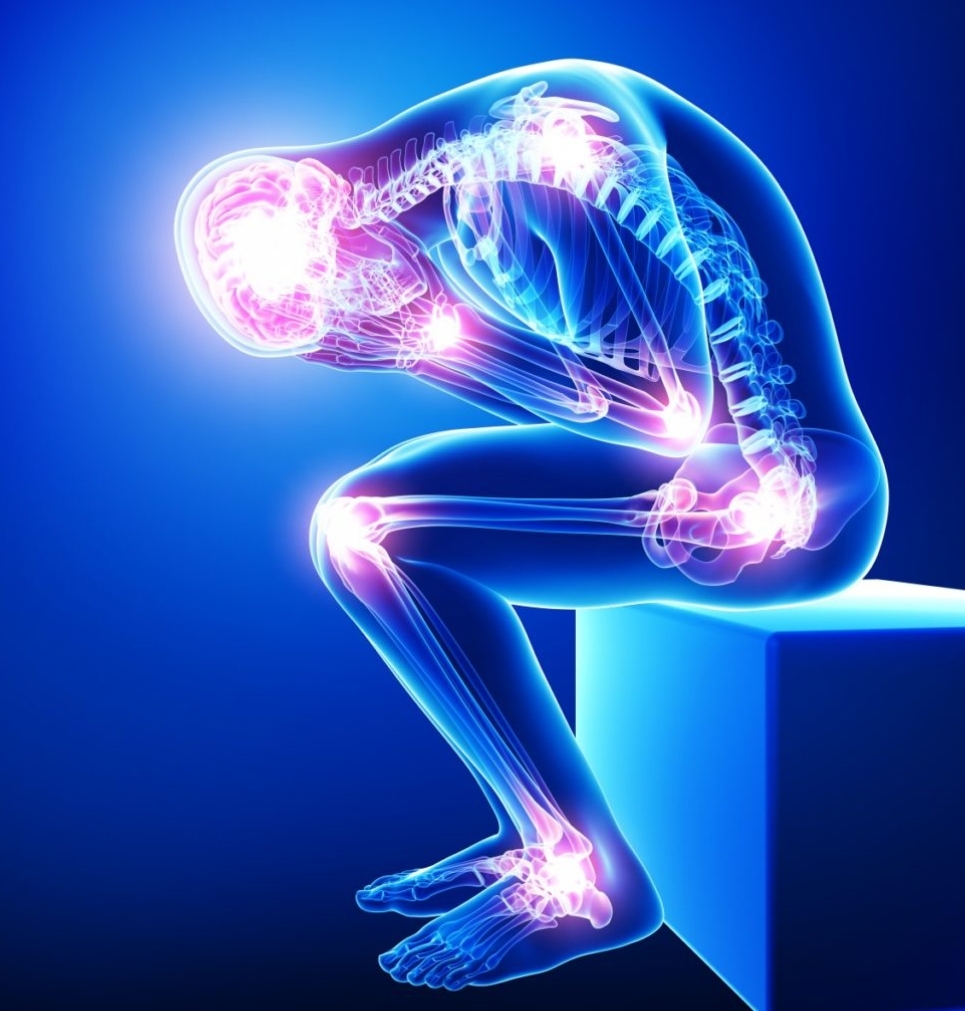
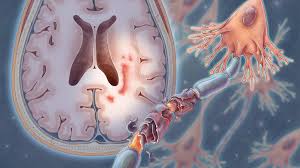
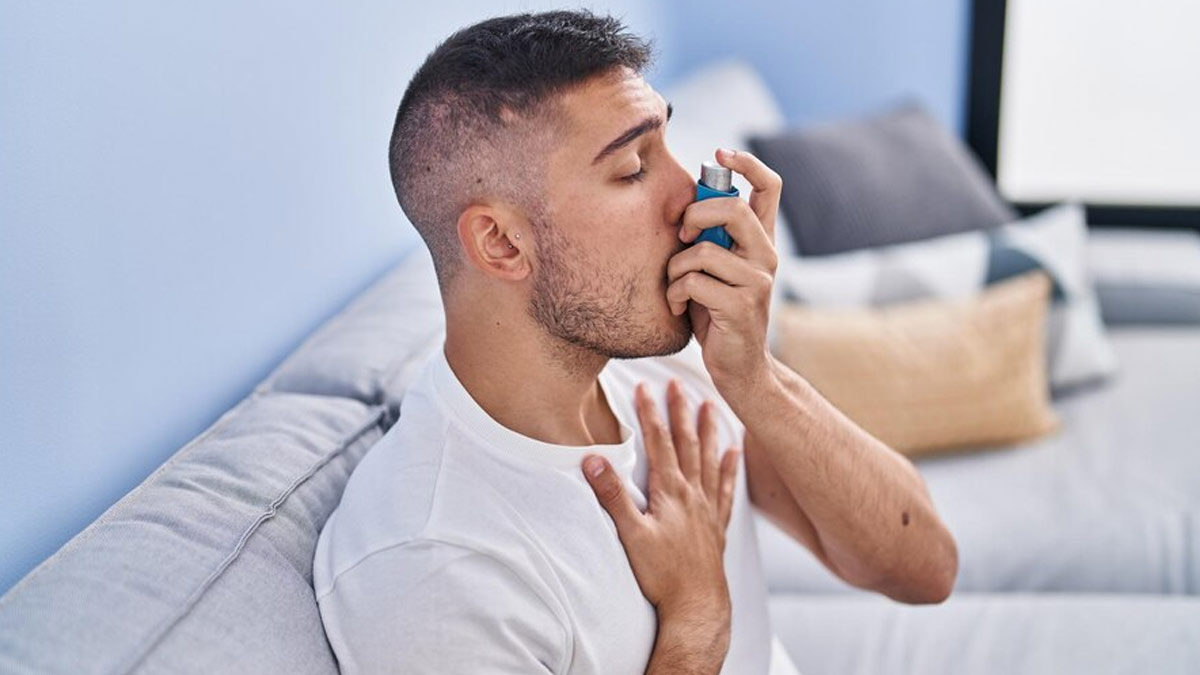
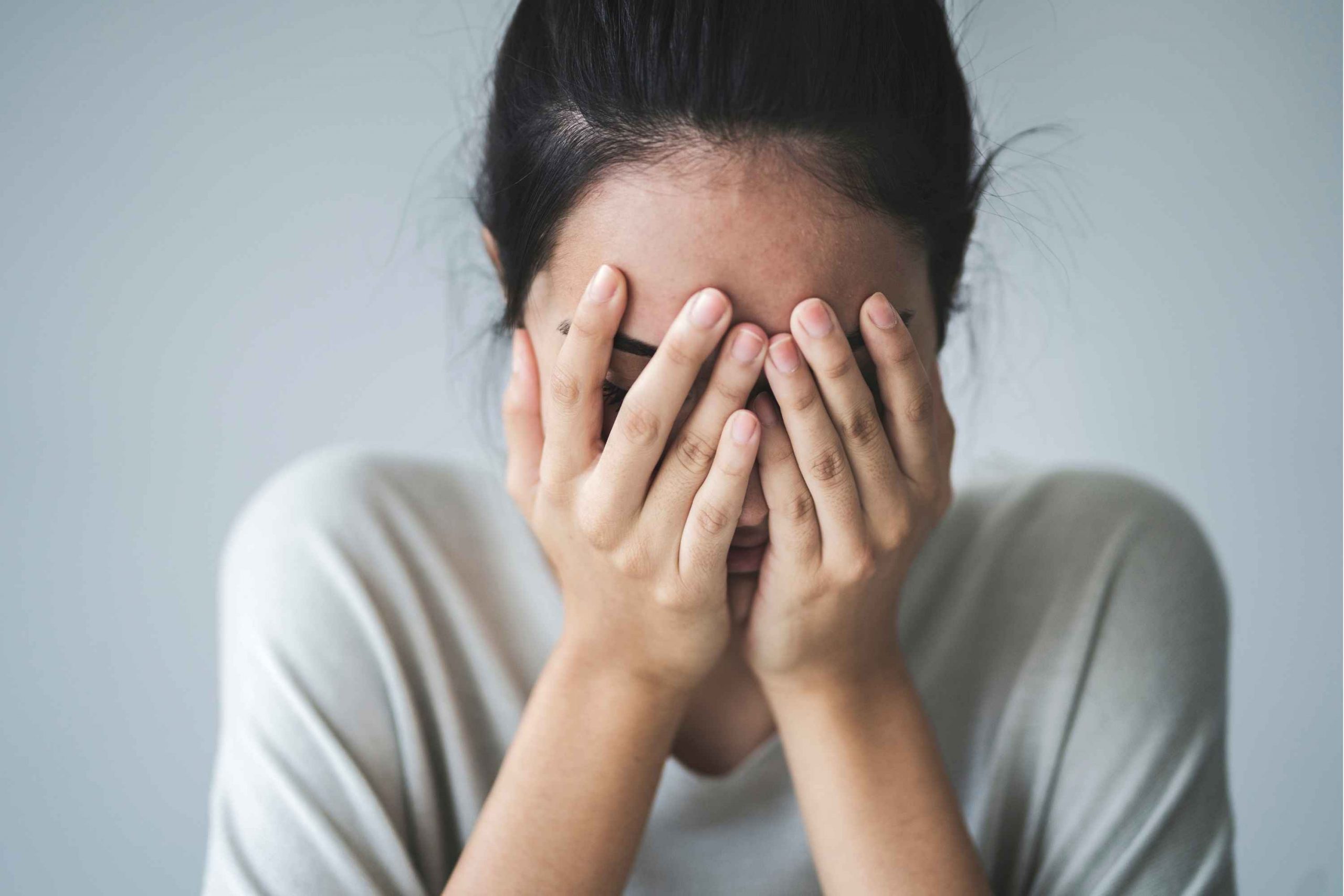
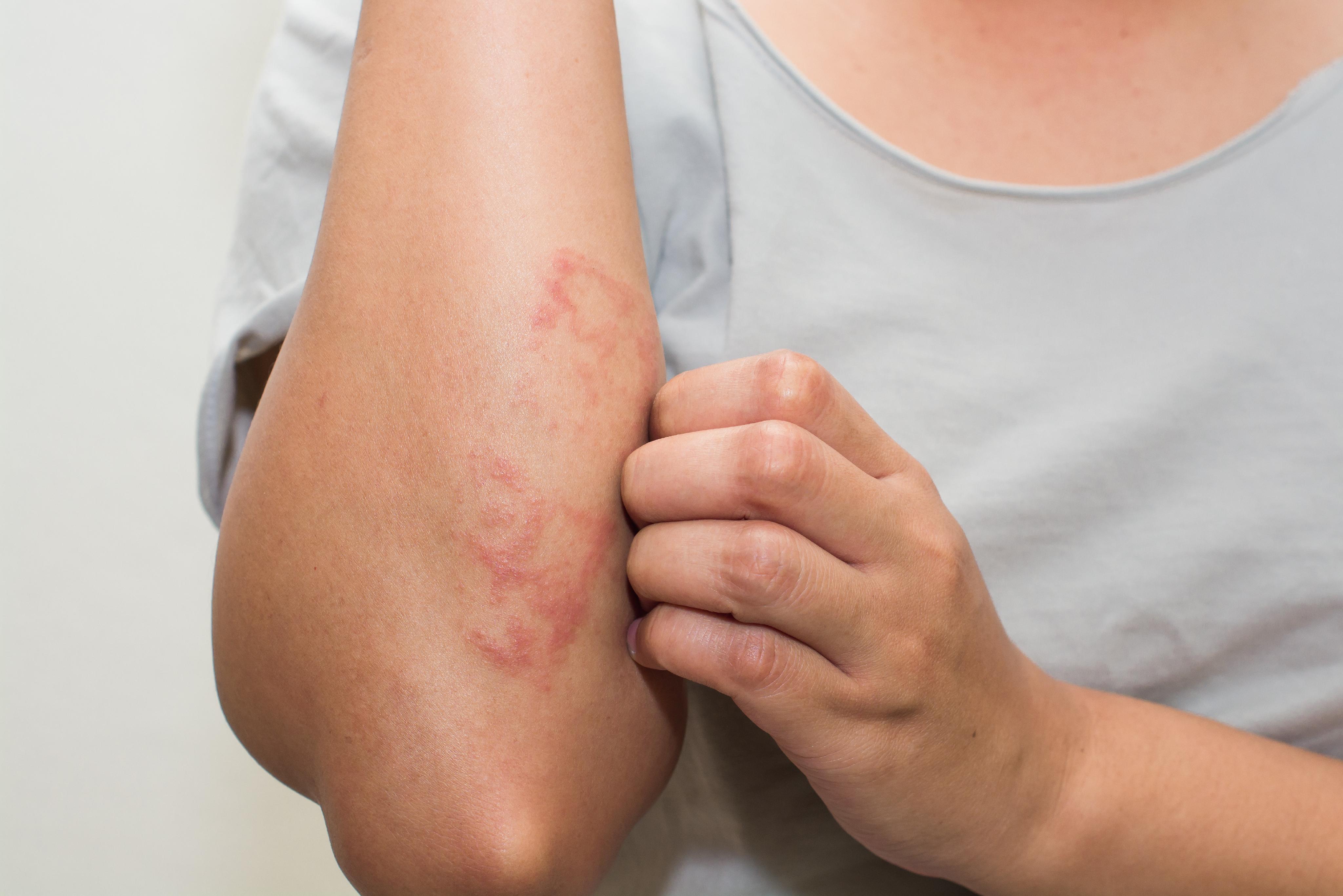
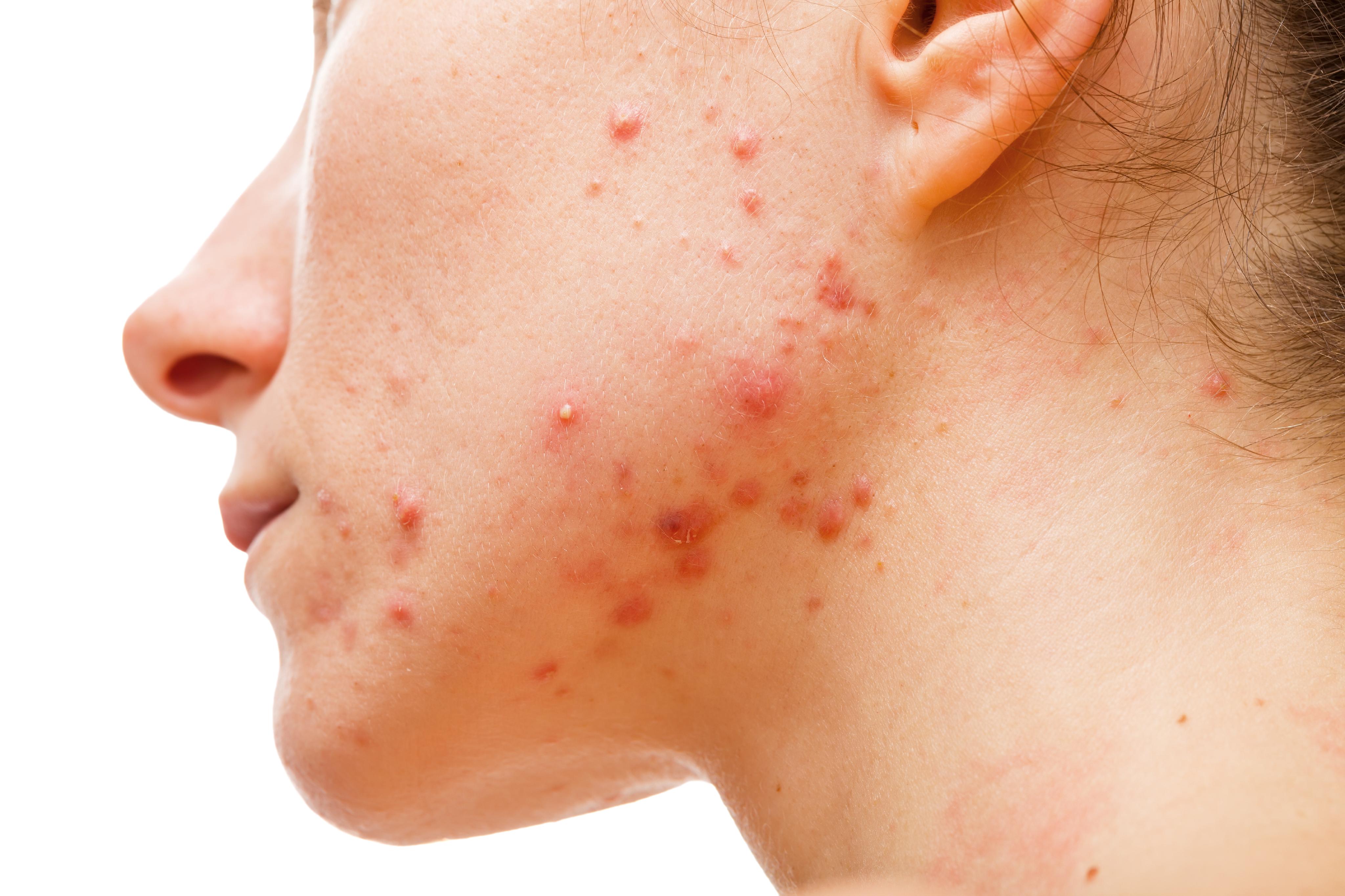
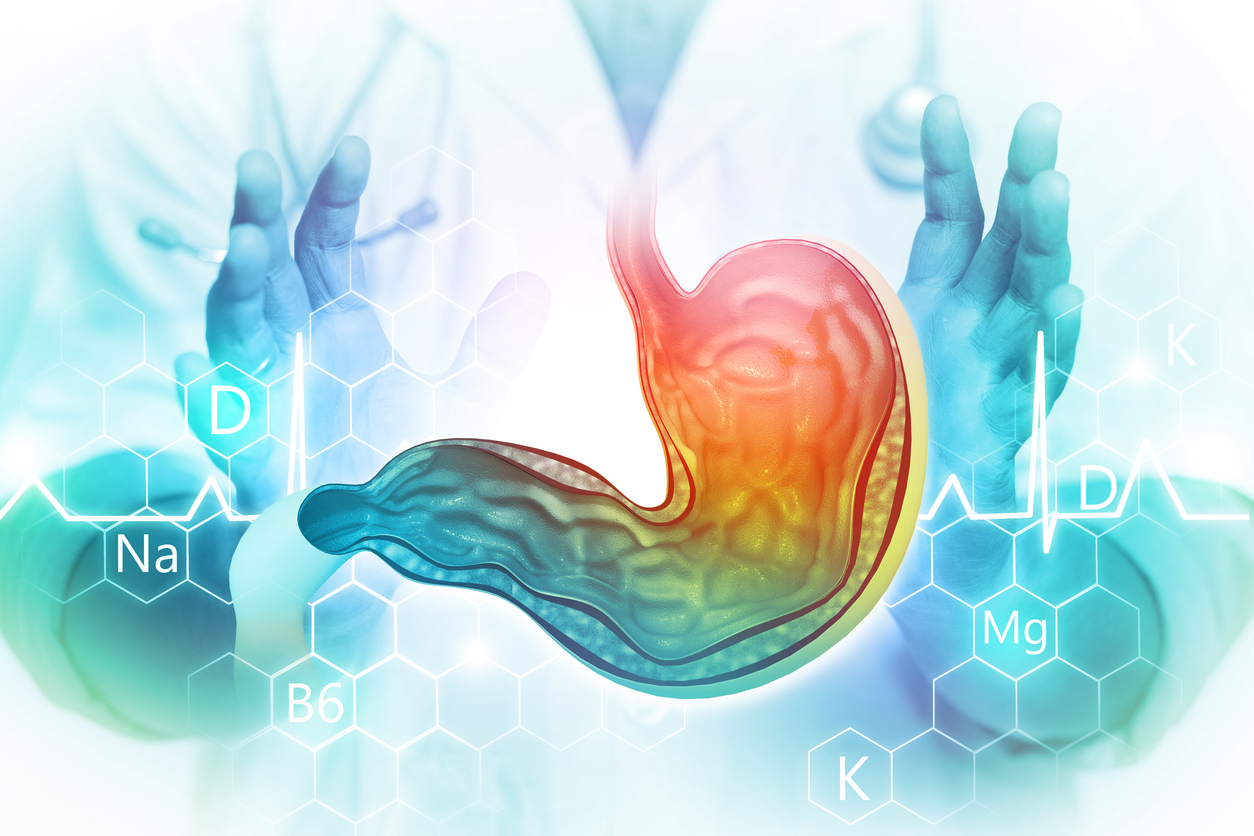
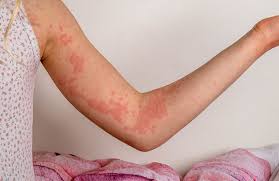
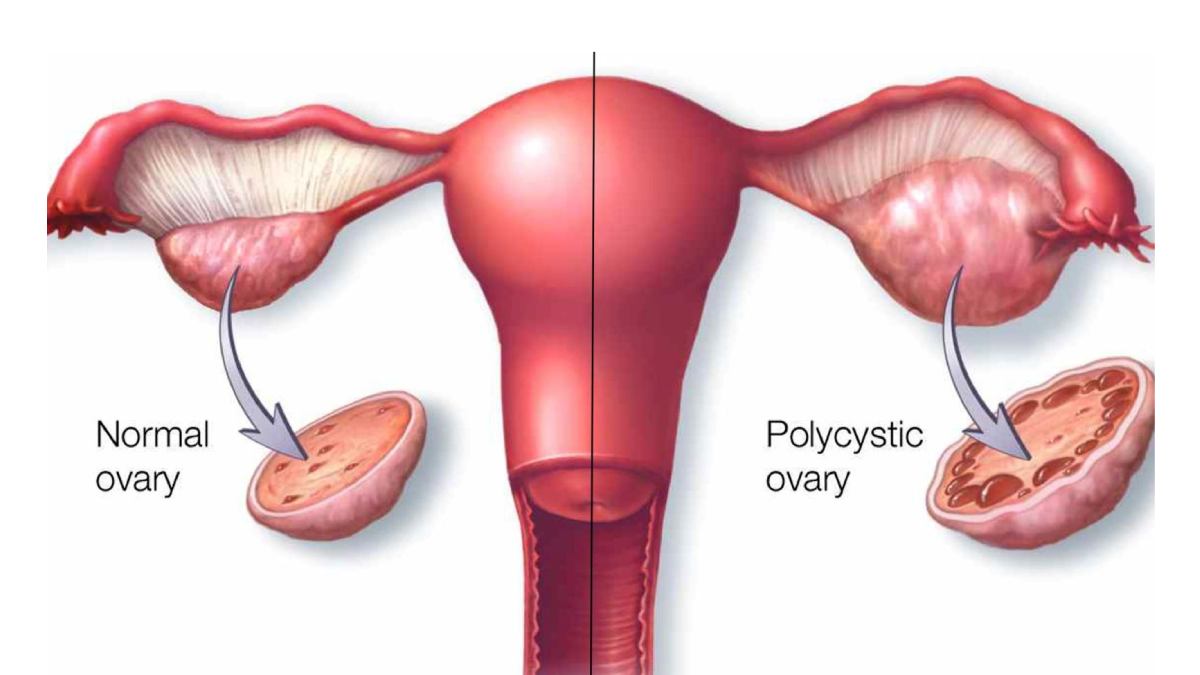
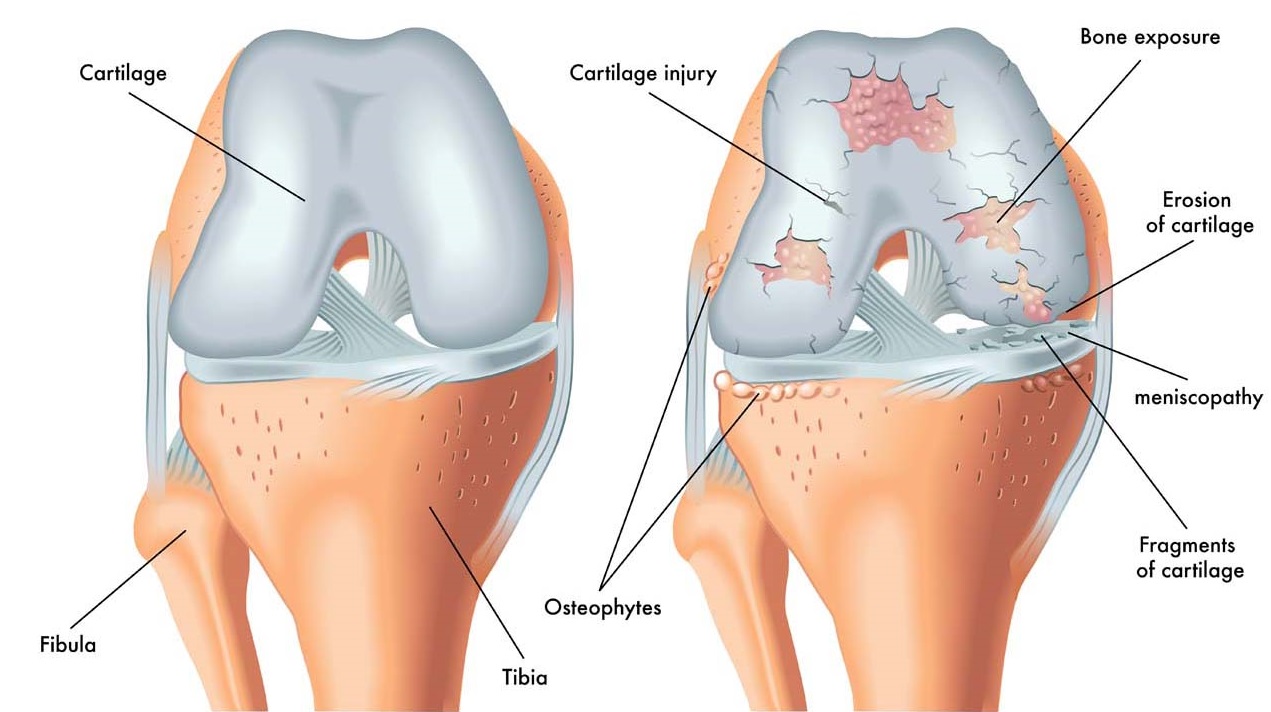
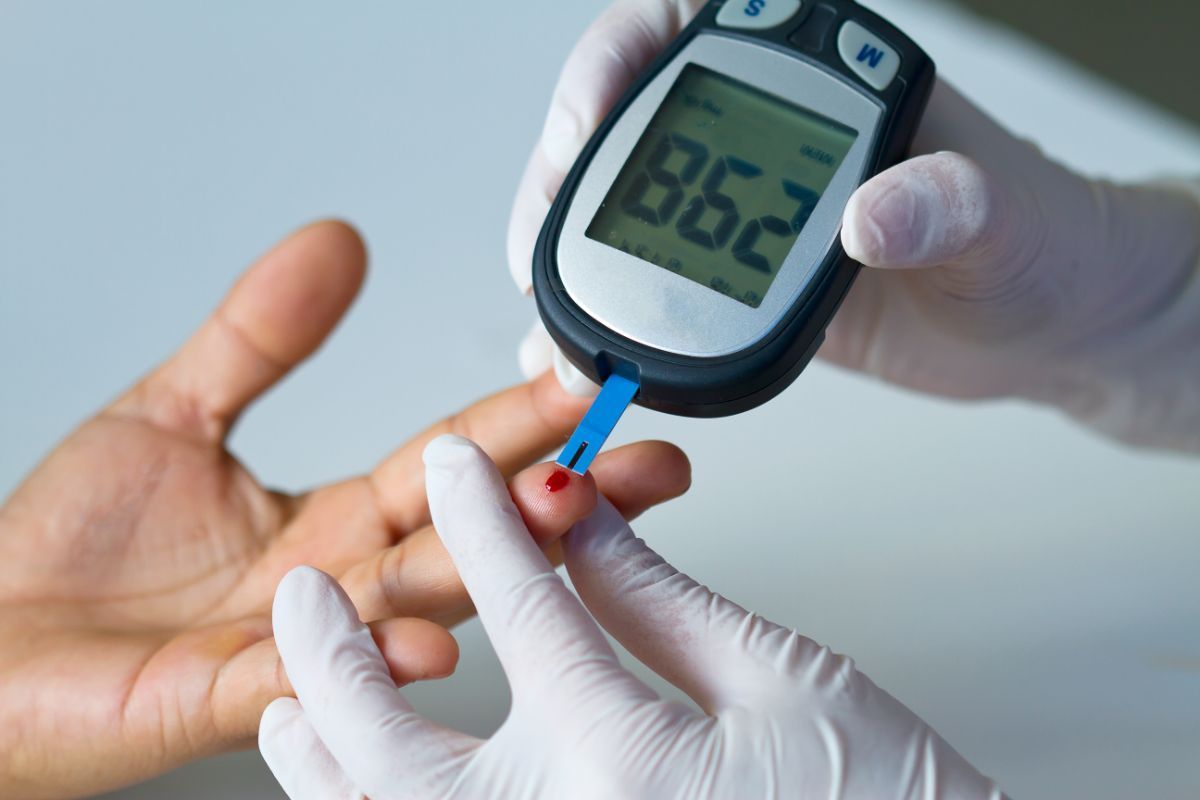
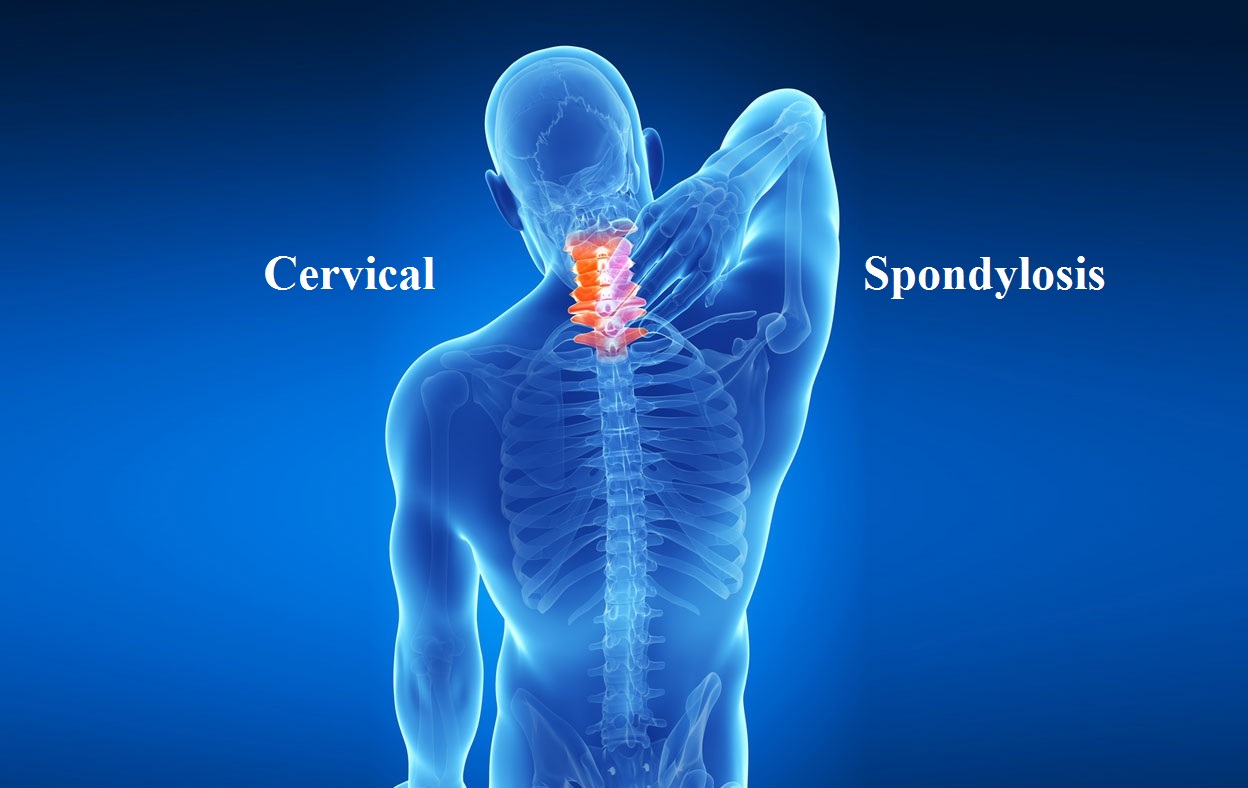
.jpg)
